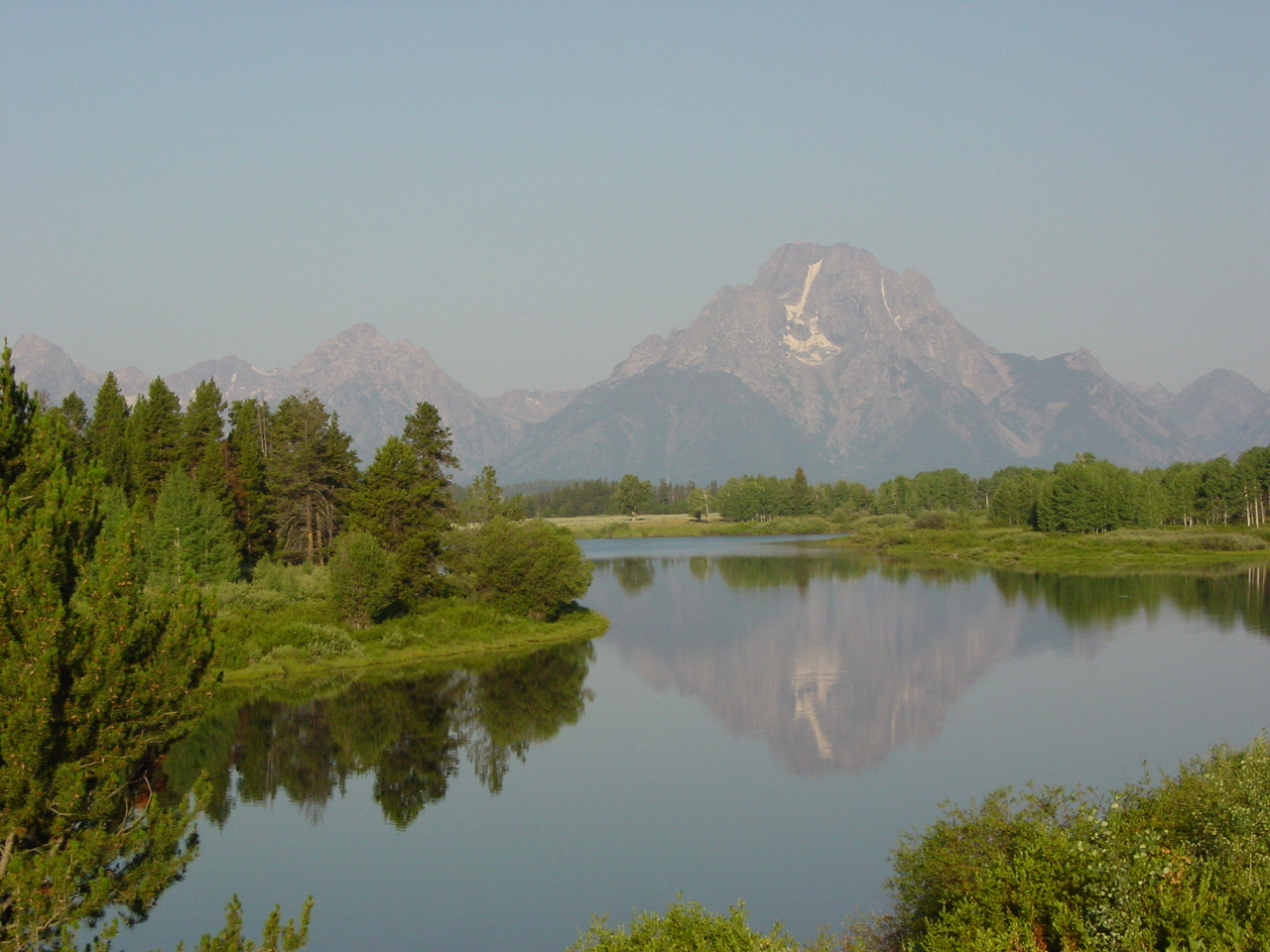Frank Leslie’s Account of Cheyenne Visit, 1877
“We reached Cheyenne on April 21sst. This city of the Plains has a reputation for vice and crime far in excess of any actually existent facts. By reason of this bad reputation it was natural that our party, composed as it was of inexperienced New Yorkers, should feel an indefinite apprehension of robbery and violence. Indeed the chief of the party strongly recommended a guard, and villainous-looking revolvers were for the first time taken out of over-stuffed valises and examined with an air of business.
A short stroll through the city, however, served to dissipate these precautious fears, and it was not long after our arrival before the genial spirits of our party were hobnobbing on familiar terms with the noted characters of Cheyenne, and making themselves acquainted with the leading features of the place.
The actual population of this so-called city is not more than 4,000 souls, but the transient populace enlarged this figure to something like 5,000. That is, there are upwards of 1,000 wayfaring strangers daily coming and going through here….
As is common with the majority of these Western cities, Cheyenne has many noted characters. Some are noted for their shooting propensities, others for their gambling, and some few for their liberality and public spirit. But to elaborate these three classes of individuals, it will be sufficient to indicate a distinctive type of the Western characters represented by the well-known Cherokee Bob and Old Zip Coon. The former is an old Plainsman, whose clothes hung loosely about his attenuated form, tied together with strings, wearing a well-ventilated hat, and often appearing on the street with a single boot on. He is famous for his stories and the amount of liquor he can “stow away.” Old Zip Coon is known and appreciated in every convivial circle in the territory. He is an artist on the violin, which he manipulates to accompany the vocal melodies with which his brain is abundantly stored. We were favored with some of his choicest rhymes, which he delivered in a loud hitching voice that blended excruciatingly with the high squeaking notes of his fiddle. The bland smile of his expressive features is finely portrayed in our sketch.”
“Across the Continent: The Frank Leslie Excursion to the Pacific,” in Frank Leslie’s XLV New York, Oct. 6, 1877
